Insights / Urban
Smart Mobility: Redefining Seamless Transit
Digital innovations such as Artificial Intelligence and Biometrics present exciting opportunities to transform transit station landscapes and the entire passenger experience for a truly integrated and seamless transport network.
Campbell Cumming, Director|
Ooi Phaik Sim, Architectural Researcher|
April 2024
Abstract
Technological advancements are already beginning to transform the rail transit experience around the world, prompting us to re-evaluate the anatomy of a transit station and explore how the design of transit station landscapes could be future-proofed, adapting flexibly and remaining relevant. Through a streamlined transit process brought about by the integration of digital technologies, exciting spatial opportunities within our urban landscape are envisioned for the future of mobility. These transformations promise convenience, connectivity, and contributions to our net-zero ambitions.
Digital technology innovations are revolutionising every aspect of our lives: from communication, entertainment, business, to healthcare; even the ways we travel and navigate our cities. One such example is Singapore’s convenience store landscape which, with rapid digitalisation, is set to change. Retailers are making greater use of cutting-edge technology such as artificial intelligence (AI) and facial recognition to improve the retail experience. Unmanned convenience stores have been gaining popularity around the world, including Singapore. These stores typically use advanced technology such as sensors, cameras, and mobile apps for customers to enter, select items, and make payment without the need for staff. In 2019, a pilot store at the Singapore University of Technology and Design (SUTD) campus was set up to test a new retail concept: shoppers could simply select and purchase items without having to queue at the cashier, and check out automatically as they walked out of the store.1 The store’s AI system utilised computer vision, that includes smart cameras, to determine shoppers’ gestures and locations within the store. Together with sensors from smart shelves, the system kept track of shoppers’ virtual carts by detecting what products were taken or returned to the shelves. This has redefined the conventional shopping experience.
Such technologies are not limited to the retail scene exclusively. What if we could apply AI and facial recognition systems to rail transit stations nationwide, to revolutionise commuters' experience across the network and at key mobility nodes? Taking inspiration from how transformative digital technologies are shaping the future of urban transportation, this paper explores and uncovers opportunities and challenges in its implementation, potentially redefining the anatomy of a transit station.
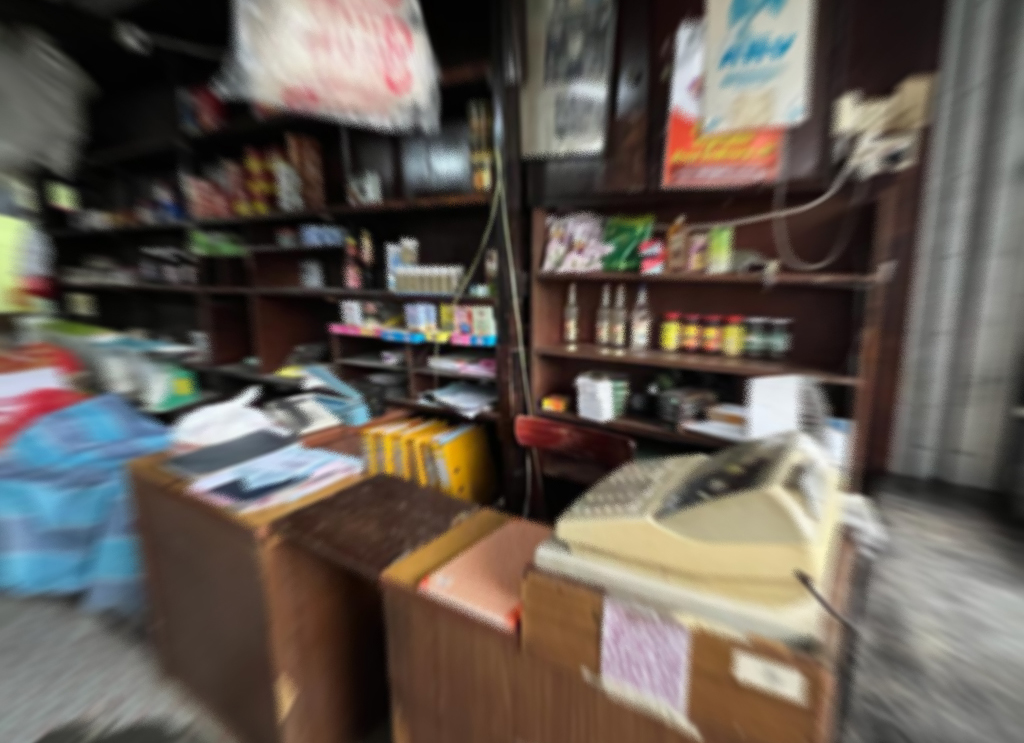

Digital technology innovations are revolutionising every aspect of our lives, including Singapore’s convenience store landscape.
From Retail to Transit: Can digitech transform our daily commute?
The implementation of facial recognition technology is a developing trend that has been adopted at a city-wide level across rail transit networks, in places such as Zhengzhou in China and Moscow in Russia. It is also currently under consideration in Bangalore, India’s IT hub.
In 2021, the Moscow Metro implemented what authorities lauded at the time as the world’s first mass-scale facial recognition payment system, at more than 240 stations within the Russian capital.2 The ‘cashless, cardless, and phoneless’ voluntary biometric fare payment system enables passengers to pay for travel without having to take out their phone, bank card, or metro card. Commuters connect their photograph, bank card, and metro card to the service through the metro’s mobile app. Once this process is completed, they need only to look at a camera, to gain passage through the turnstiles to enter or exit the metro stations. The use of a facial biometric payment system aims to not only empower commuters with another convenient mode of payment, but also translate to less time spent swiping and paying for rides, resulting in shorter waits and having less touchpoints. A year later, a survey noted 88% of respondents preferred the biometric system over other payment modes.3
More recently in July 2023, the world’s first walk-through biometric corridor for rail travel was launched by Eurostar in the UK.4 Rail passengers travelling between London’s St Pancras International Station and continental Europe using Eurostar services, can now use a face verification system to board their train without displaying a ticket or passport, eliminating queues and expediting the boarding process. The contactless, walk-through system will allow travellers to complete their pre-departure ticket and passport checks via a dedicated SmartCheck lane – using a biometric system involving facial scans and skipping typically tedious identification and verification procedures. By increasing station capacity and simplifying passenger flow, the biometric corridor aims to address a 30% efficiency decline at St Pancras resulting from the effects of the pandemic and other factors5.
How can we leverage such digitech to create a framework for the future of rail transit — one that is more people-friendly, more affordable, and more planet-friendly? One that enhances urban liveability by prioritising public spaces for people and crafting seamless and delightful transit experiences.
The Anatomy of a Station
Efficient rail transit station design involves a holistic approach that prioritises passenger experience, safety, and the integration of various elements to create a seamless and user-friendly transportation network. In terms of traditional station planning, this combination of requirements often results in fairly standard station layouts that can sometimes be quite restrictive, inflexible, and land intensive.
By understanding the key elements of a transit station, can we then break down the conventional notions of the station box and reconfigure its various components with greater flexibility, enhancing convenience and transforming the passenger experience?




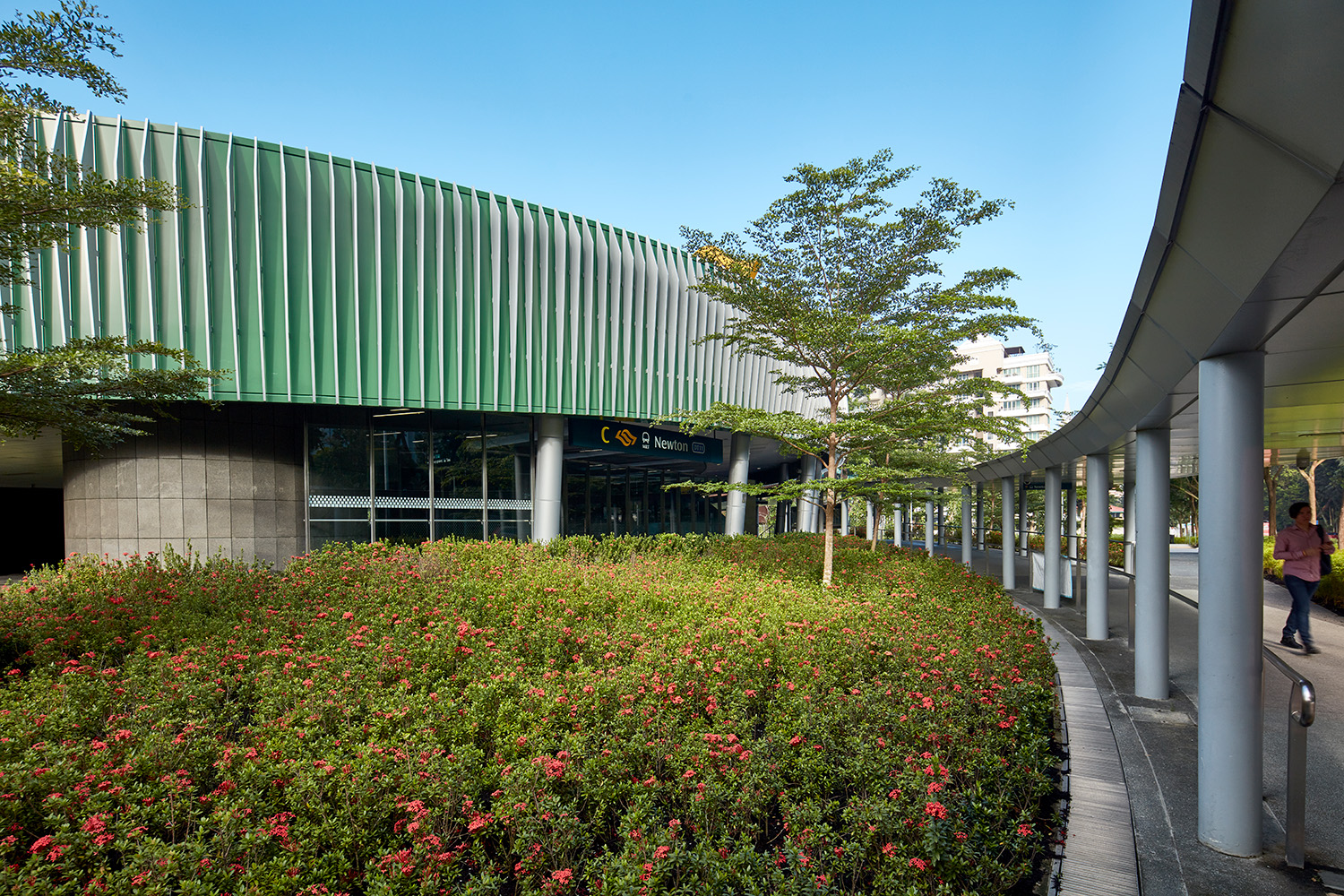
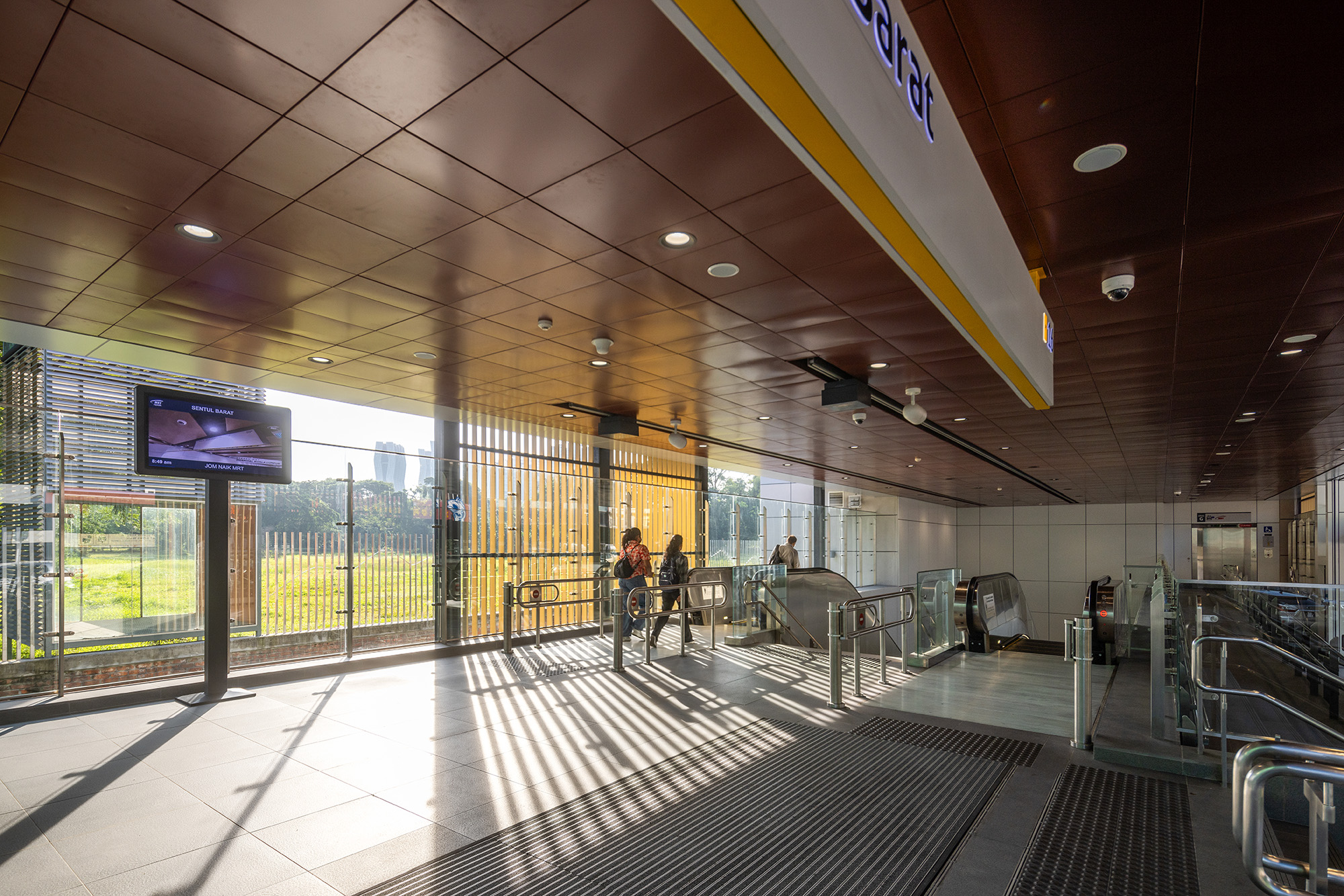
Station Entrances: Newton Interchange Station, Singapore (left) and Sentul Barat Station, Kuala Lumpur (right)
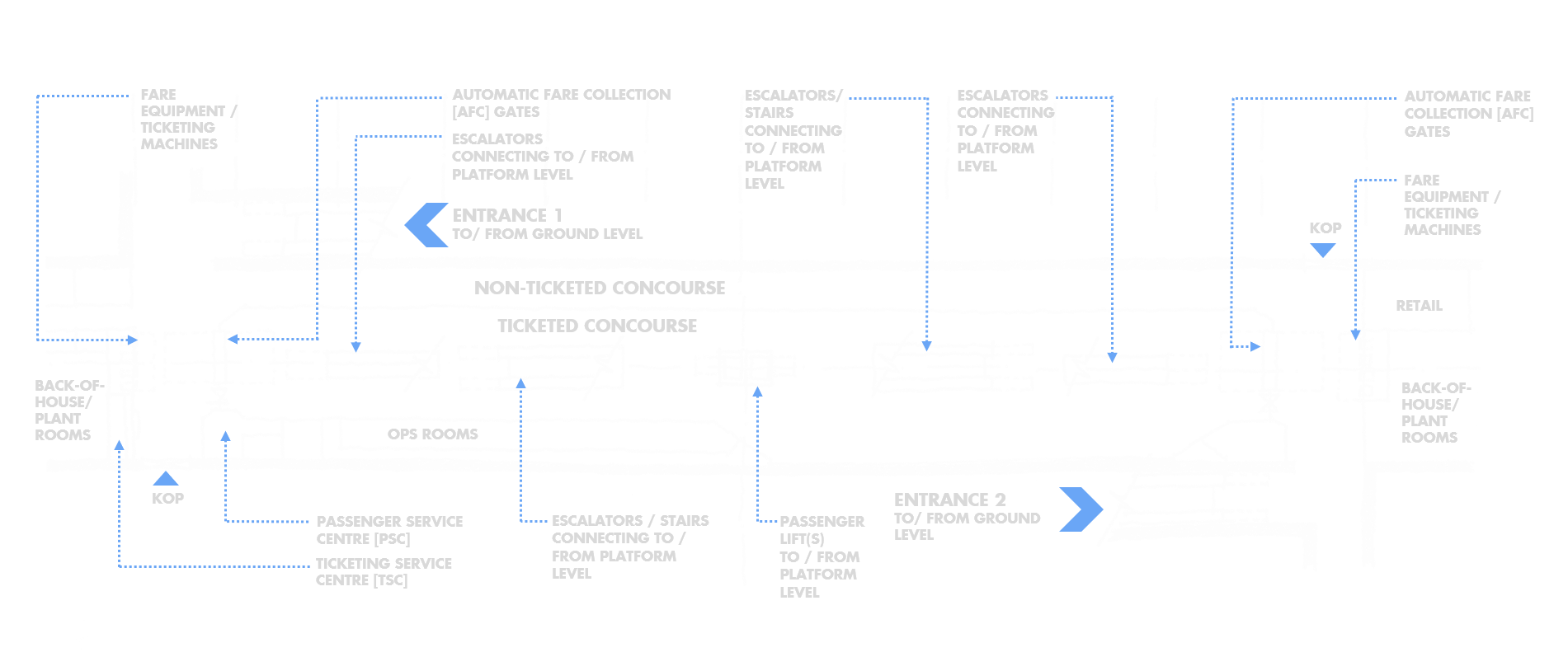
Concourse Level Plan
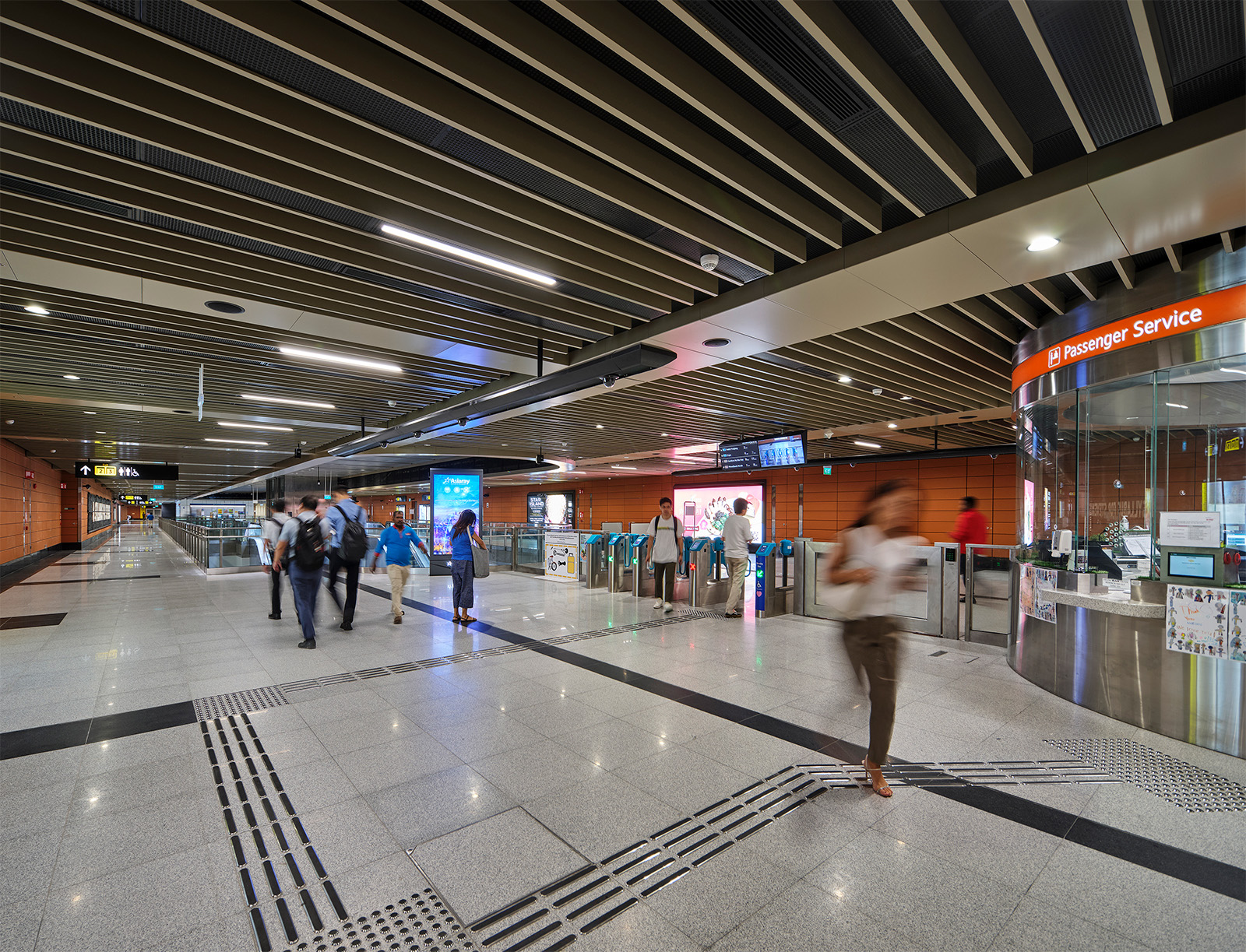
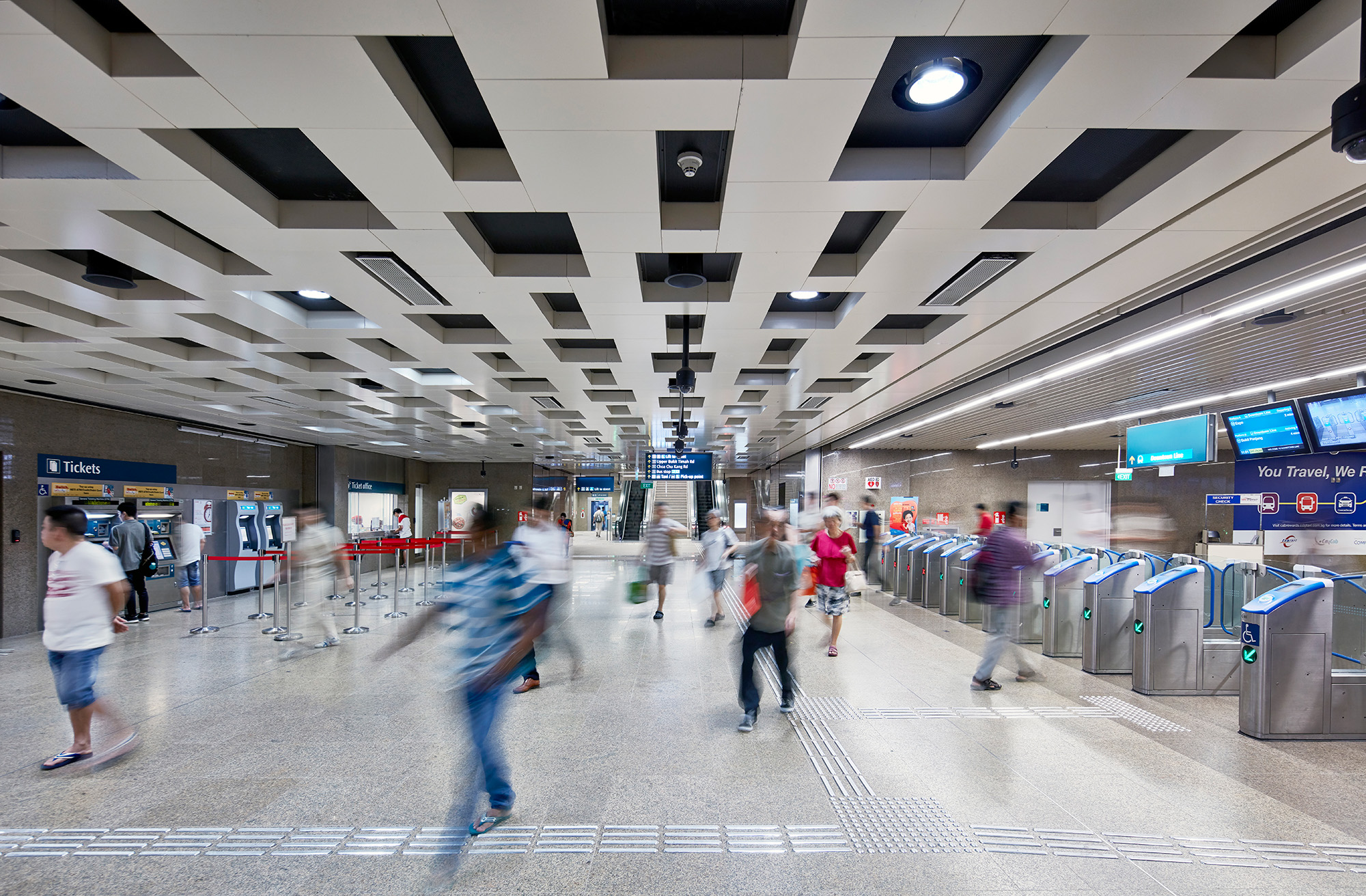
Station Concourses: Stevens Interchange Staion, Singapore (left) and Bukit Panjang Interchange Station, Singapore (right)
Platform Level Plan
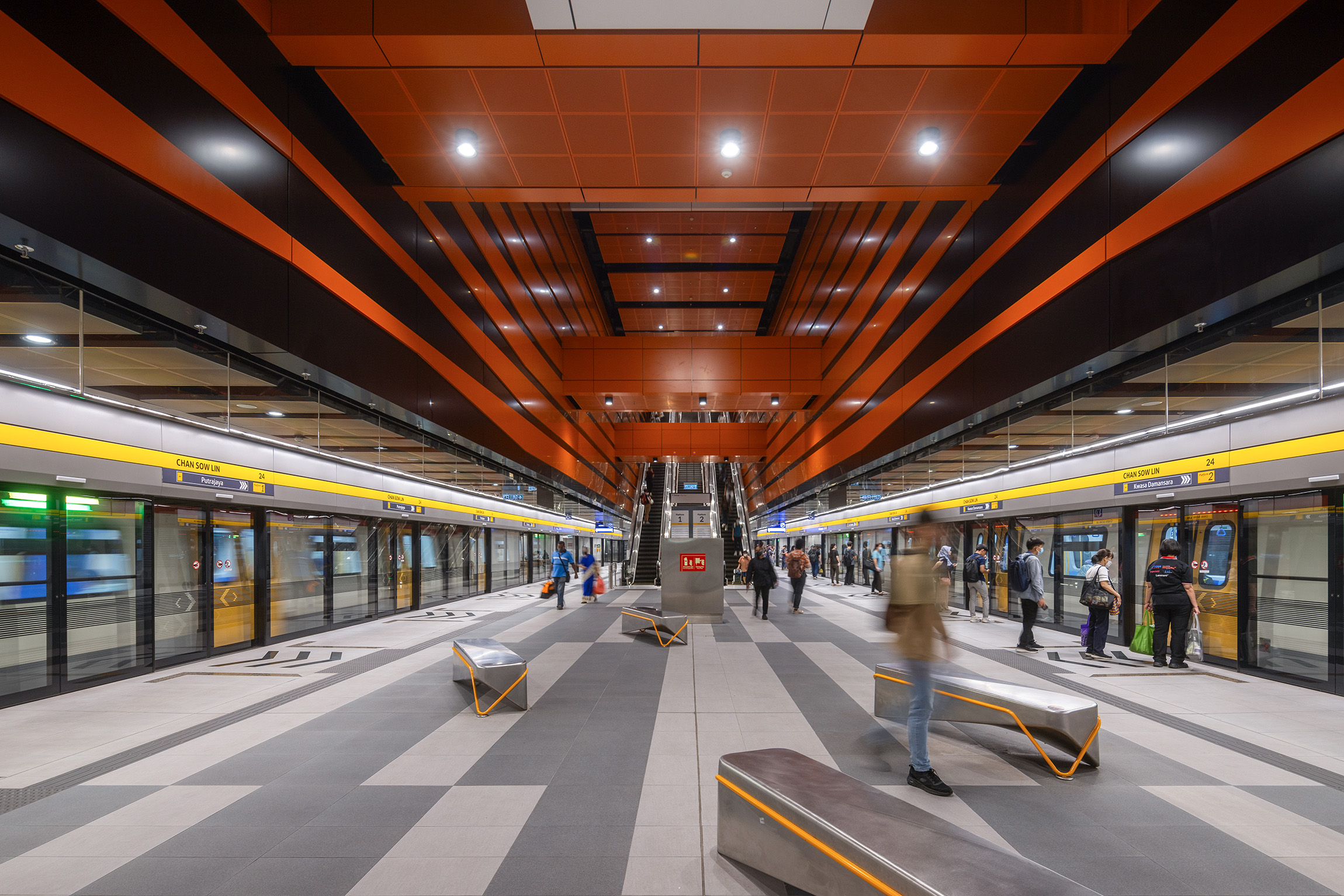
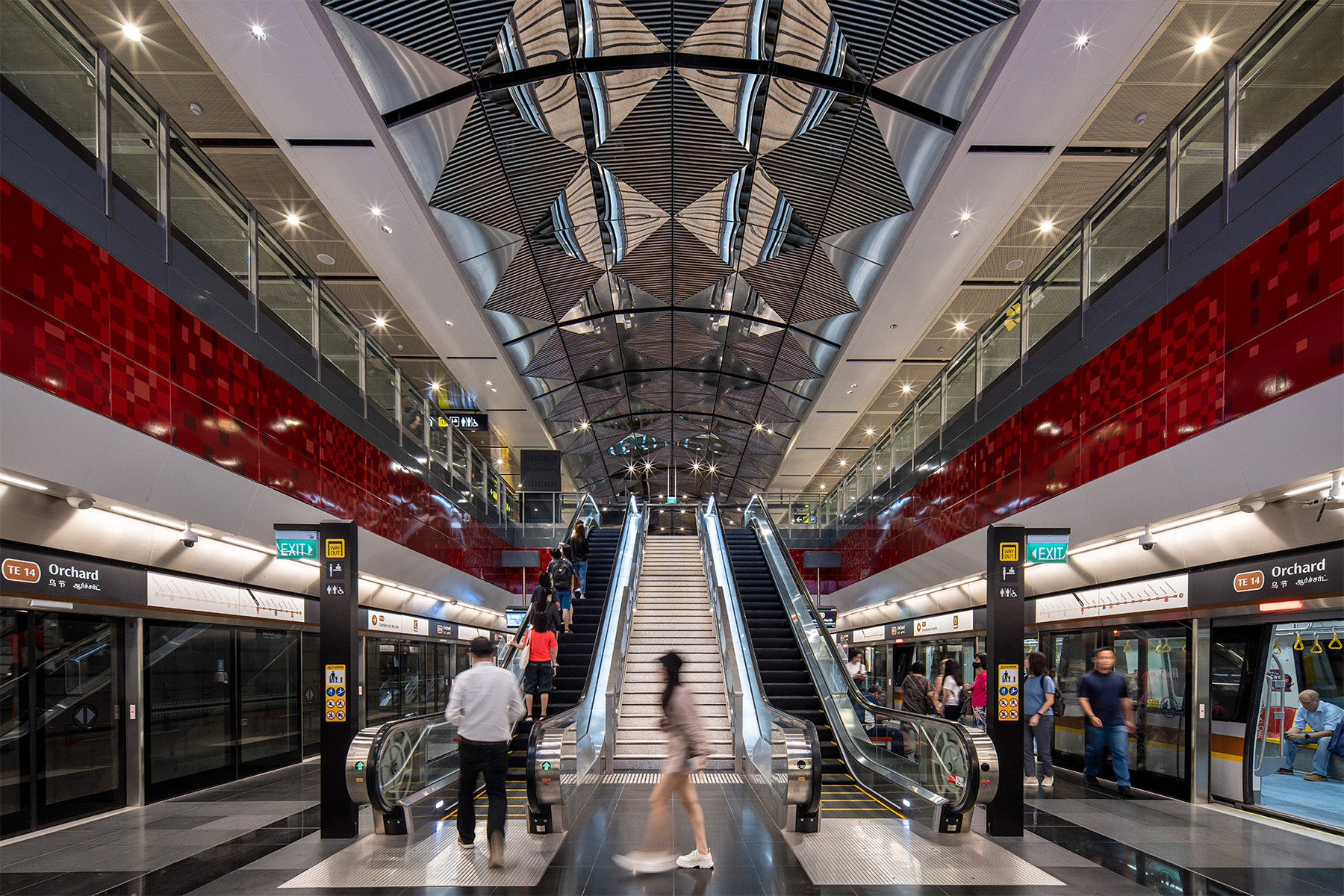
Station Platforms: Orchard Interchange Station, Singapore (left) and Chan Sow Lin Station, Kuala Lumpur (right)
Deconstructing the Station Box
We are all familiar with the station concourse — the transitional space that receives a large number of commuters, funnelling them through fare gates and connecting them to lifts, escalators, and stairs in multi-directions to catch trains at the various station platforms. The station concourse is the hub of the station — housing the ticketing machines, Passenger Service Centre (PSC), public information and signage, toilets, Ticket Sales Office (TSO), and the automatic fare collection (AFC) gates.
With the integration of new fare payment technologies and potential revamping of conventional ticketing procedures, there exists an explored opportunity to rethink the relevance and purpose of the concourse and AFC gates.
What if fare collection occurred at the Platform Screen Doors (PSDs) instead? Today this is a possibility with recent developments in facial recognition technology, where a face scan completes a fare transaction. With the removal of fare collection from the concourse, and potentially even reinvention of the concourse, what lies ahead is an exciting exploration of resulting spatial opportunities and benefits, through the reconfiguration of the stations’ components and layouts. We are already beginning to see digital innovations that support this.
Shifting Passenger Support Services to the Digital Space
Traditionally, the Passenger Service Centre (PSC) at transit stations requires staff presence to provide in-person assistance to passengers to buy tickets, top-up fare cards, and assist those who may need help in finding their way in crowded, complex stations. However, there are transformative shifts being undertaken in the way passenger services are delivered at transit hubs, to create a seamless and delightful transit experience.
Paying for train fares using cashless payments, contactless bank cards, and personal mobile devices
Increasingly, rail transit systems around the world offer cashless payment systems with secure payment gateways to enhance convenience for passengers who can ‘tap-in’ to the system using their credit cards, mobile phones, or even their watches.
Navigating complex train stations using a virtual, interactive tool
In Australia, a world’s first virtual interactive navigation tool on Google Maps — developed by Google Australia in partnership with Transport for North South Wales — empowers passengers to take control of their daily commute.6,7 Commuters of all abilities can plan their journey across Sydney’s train and metro stations, prior to making the actual commute by navigating virtually the interactive street-view imagery across New South Wales’ more than 12 metro stations and 130 train stations. This will allow commuters to familiarise themselves with their routes, and better anticipate in-transit travel times.
Managing congestion by tracking crowd density
Technology and artificial intelligence can also track commuter flows and hot spots in real time, through live occupancy monitoring and predicting in real-time, enabling transit operators to proactively reach out to commuters to reduce crowding in transit stations. In the aftermath of COVID-19, the Global Railway Review highlights the possibility to control station congestion points where there are multiple underground access points, by providing alternative routes and changing station flows to manage congestion.8
With passenger support services moving to the digital space, designers may begin to envision a new future for mobility where the traditional boundaries of the station box start to disappear.

Envisioning a new future for mobility at Orchard Boulevard Station
Dissolving the Boundaries of a Transit Station
Innovation in design calls for a compact and adaptable station footprint, providing the flexibility for traditional boundaries of a transit station to dissolve.
The removal of the station concourse would mean potential sizeable savings in gross floor area (GFA), translating to savings on resources and materials. Depending on a station’s configuration, its concourse could comprise of several entrances and underground adit connections. A reduction in the station footprint empowers designers with greater flexibility in space planning, better land-use efficiency, as well as a smaller carbon footprint which will not only make it more sustainable (the land transport system still accounts for about 15% of total domestic carbon emissions in Singapore) but also more cost effective and affordable to build and operate in the long run.9
Moving from rigidity to flexibility, from fare gates to fare collection, from paid-unpaid to unpaid areas only — these conceptual shifts open up new possibilities within rail transit station design. This increased accessibility to train platforms from a multitude of directions, will redefine boarding zones of the future. A transit station, when planned with greater integration, can be seamlessly woven into the city’s existing fabric, responding to the mechanics and logic of the city. By fostering a well-integrated public transport network, communities can be encouraged to adopt more sustainable modes of transportation, reducing reliance on private vehicles, supporting the transition towards a car-lite society and achieving net-zero emissions by 2050.
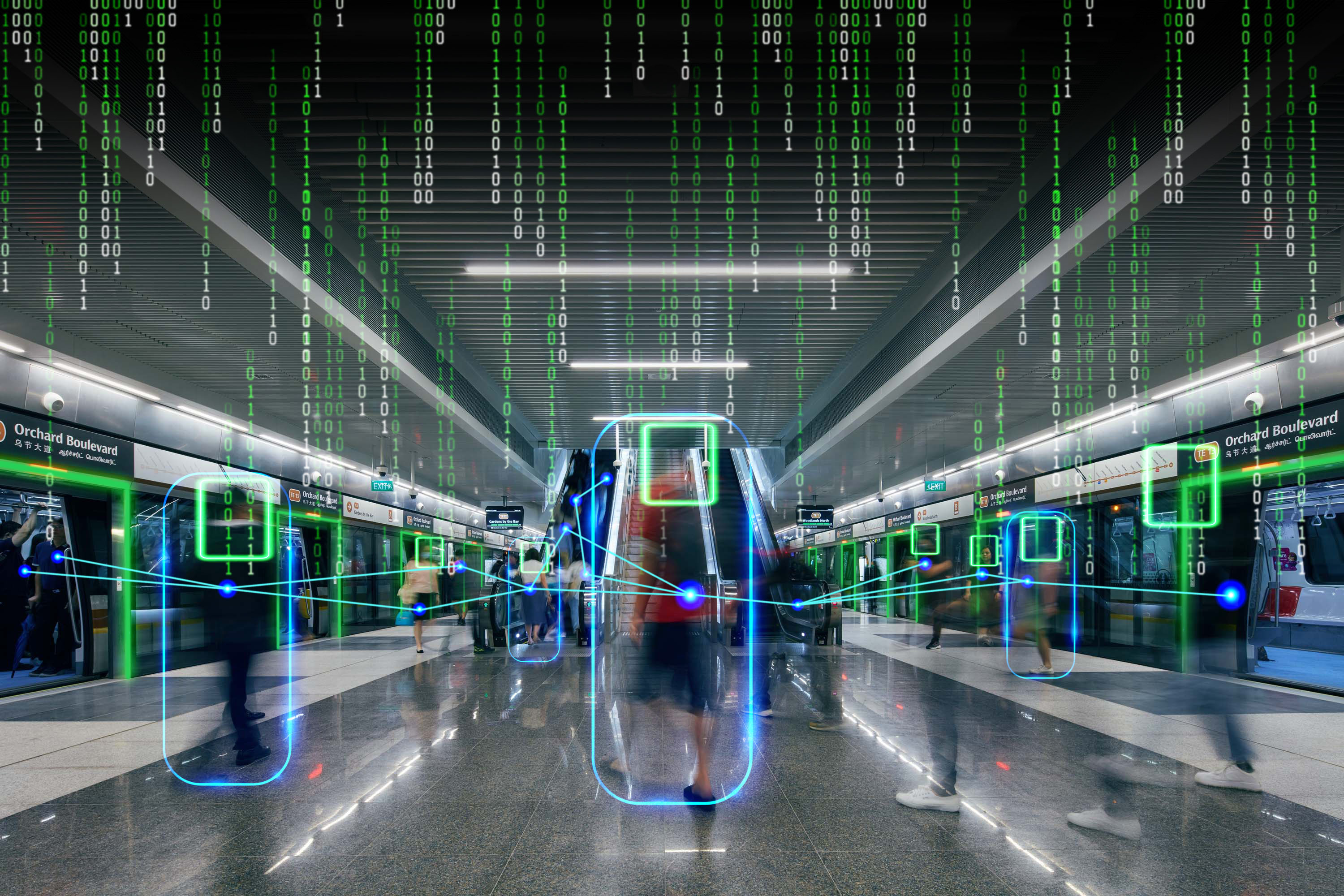
Envisioning a new future for mobility at Orchard Boulevard Station
From Separation to Integration: A Mixed-Use Transit Station for Urban Vitality
Transit stations today are no longer just transportation hubs. Mixed-use transit stations are transportation hubs that integrate various functions beyond its primary role as a transit facility. Breaking down the station box involves the transformation of previously single-use spaces into mixed-use, multi-faceted spaces that serve not only as a transportation node, but also as destinations for work and leisure.
The station remains a central point for different modes of transportation — trains, buses, or subways — providing efficient connectivity within the city. A mixed-use transit station, integrating commercial, office, and residential spaces with a rich selection of amenities within the station complex, creates a vibrant urban environment — offering passengers and visitors convenience and a diversity of choices, from retail to lifestyle facilities, promoting economic development, sustainability, and community engagement. It can serve as a model for transit-oriented developments, encouraging a shift towards more sustainable and liveable cities. Reclaiming the station concourse and returning the space to the community presents an opportunity for designers to create innovative, community-centric, and, most importantly, enjoyable pedestrian-focused public spaces. This urban transformation of human-centred spaces promoting social interaction and active lifestyles not only enhances urban vitality but also improves overall quality of life in cities, addressing the physical, social, and mental wellbeing of residents.
Hop on, Hop off: The Cityscape of the Future
We imagine rich possibilities for urban evolution through dynamic public and private partnerships, where transit stations fully integrate into the cityscape, its buildings, and public spaces; to create a nexus of convenience that is contextual to the local landscape. Responding to the logic of the city, this could mean rail transit coming one step closer to the spaces in the city where we live, work, and play. Transit nodes will become interwoven into the fabric of our neighbourhoods, through a multitude of connections to familiar urban scenes of hawker centres, shopping malls, and town centres.
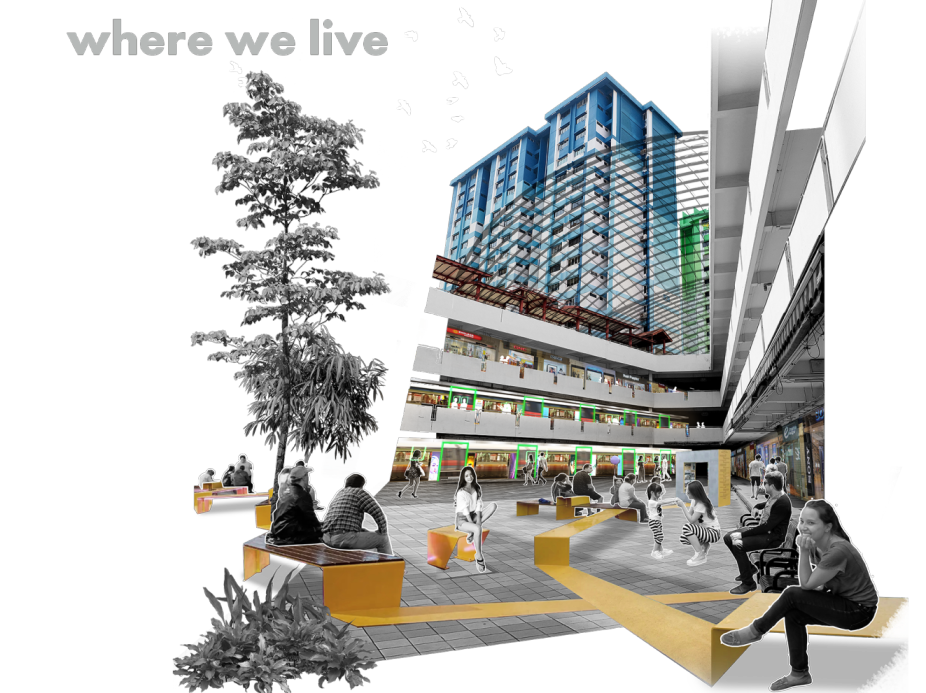
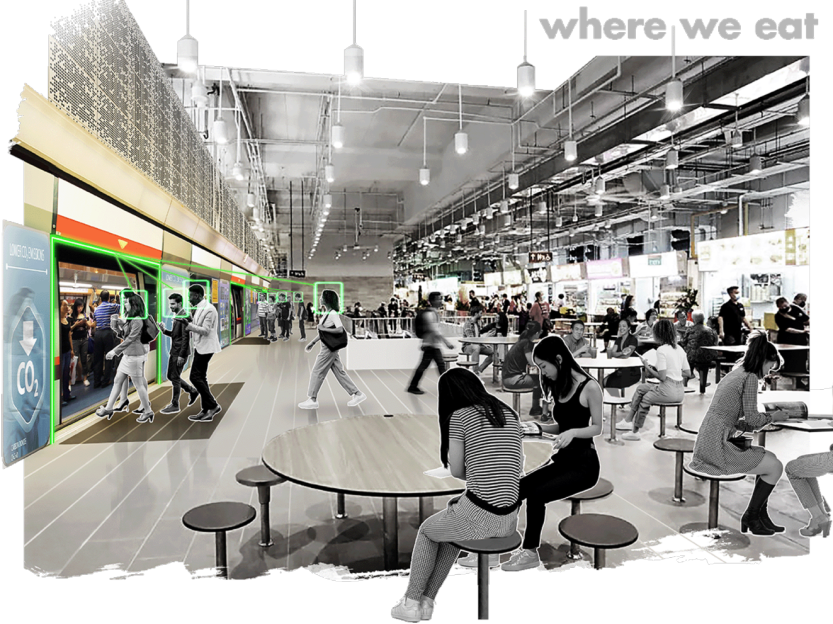
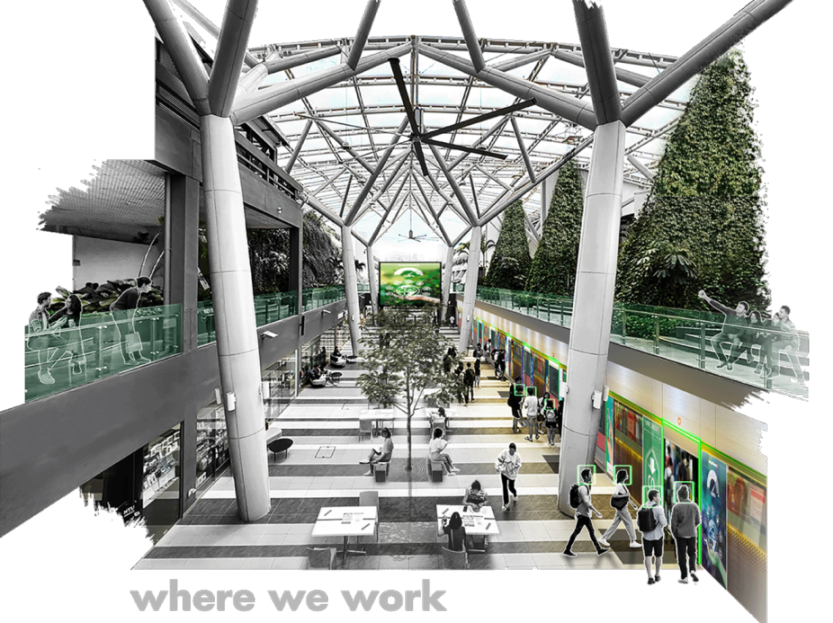
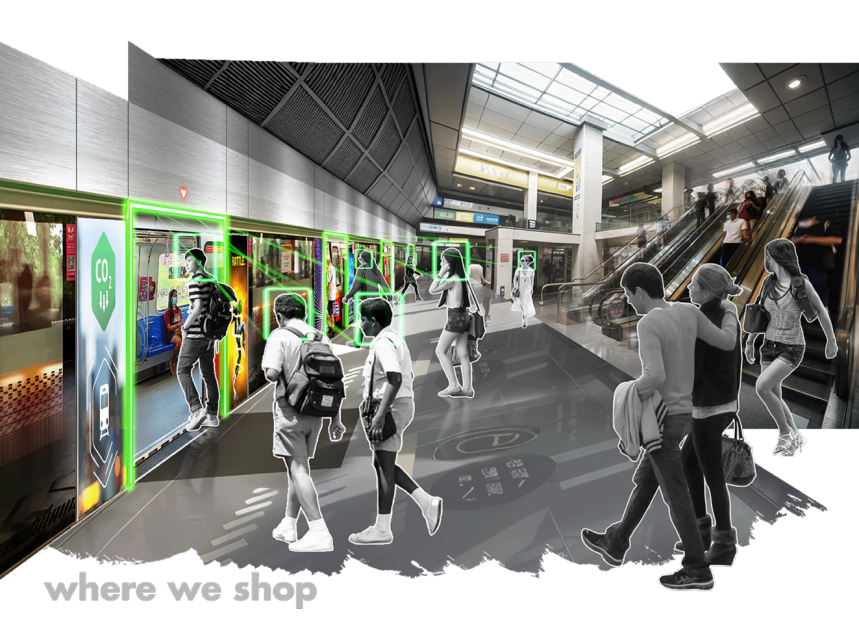
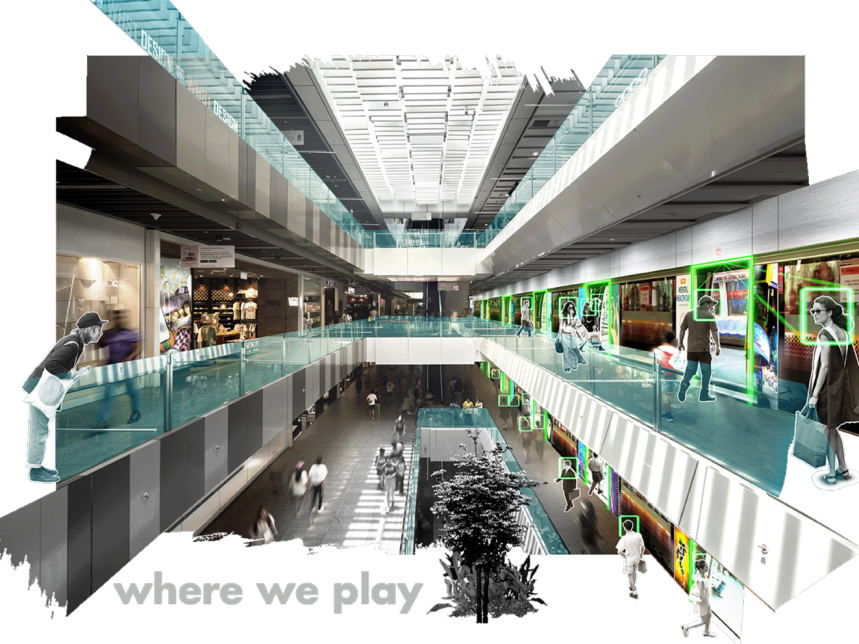
The Future of Smart Mobility
Technology is changing the way we live, and it should prompt us to rethink the ways we design for urban mobility. While there are challenges to overcome such as addressing concerns about privacy, surveillance, and security surrounding facial recognition and biometric systems at large, it is essential that we acknowledge the benefits of a truly integrated transport network, one that integrates digital innovations for the future of mobility. The answers may not be immediately apparent, however it is important to shift our mindset and question how the designs of stations today can be future-proofed — adapting flexibly to stay relevant as the stations of tomorrow.
As mobility designers, the transition towards the use of alternative payment systems at transit stations can be enhanced by engaging multiple stakeholders and collaborating with technology partners to conduct research, test trials, and pilot programs. This will impact the spatial benefits, technology’s effectiveness, and user acceptance in the reshaping of station landscapes, such as the revamping of fare gates. By placing transit design at the very heart of our city-making endeavours, we can begin to envision a future of sustainable urbanism. The stations of tomorrow will be an integration of smart technologies that prolong the physical infrastructure, while elevating commuting experience through an ever efficient, seamless, and convenient transit system.
References
1 Heng, M. (2019, August 16). Unmanned convenience stores that Tap Ai, facial recognition to debut by year end. The Straits Times. [link]
2 The Moscow Times. (2024, April 4). Moscow Metro introduces “World’s first” pay-by-face system. [link]
3 Mascellino, A. (2022, November 3). Moscow metro biometric payment system marks usage milestones, anniversary: Biometric Update. Biometric Update | Biometrics News, Companies and Explainers. [link]
4 Macaulay, T. (2023b, July 18). Eurostar opens world’s first walk-through biometric corridor for trains. TNW | Deep-Tech. [link]
5 Eurostar launches smartcheck with iProov and Inverid Inside. Inverid. (n.d.). [link]
6 Fenech, S. (2021, May 28). Google maps can now help you navigate complex train stations. Tech Guide. [link]
7 Transport for NSW. (2018, November 6). Google maps case study. [link]
8 How technology and artificial intelligence can help rail win back passengers. Global Railway Review. (2021, November 1). [link]
9 Iswaran, S. (2023, May 8). Meeting the diverse transport needs of Singaporeans. The Straits Times. [link]
10 Image credits: danielfooddiary.com[link]
© 2024 SAA Architects Pte Ltd. All rights reserved.
